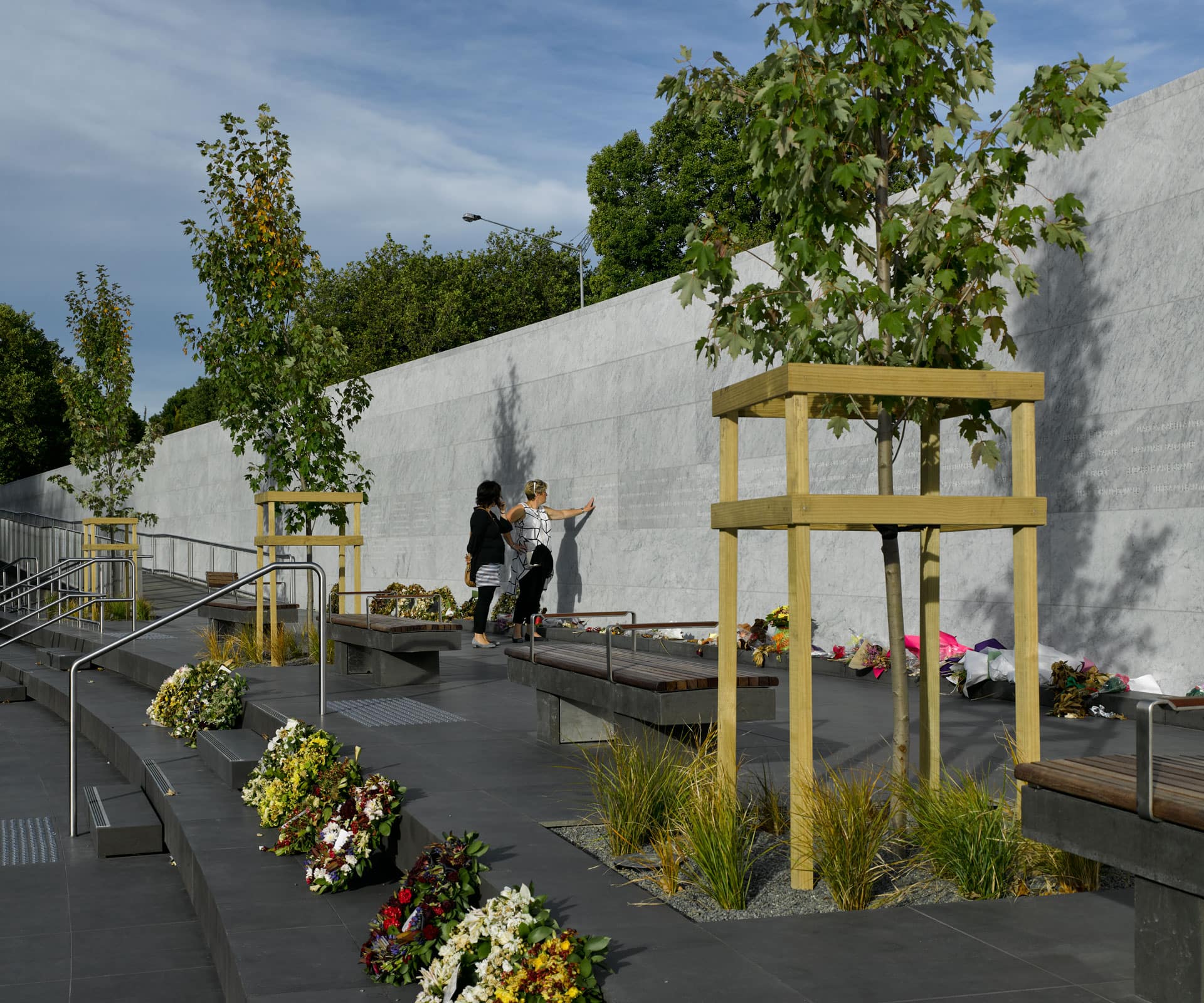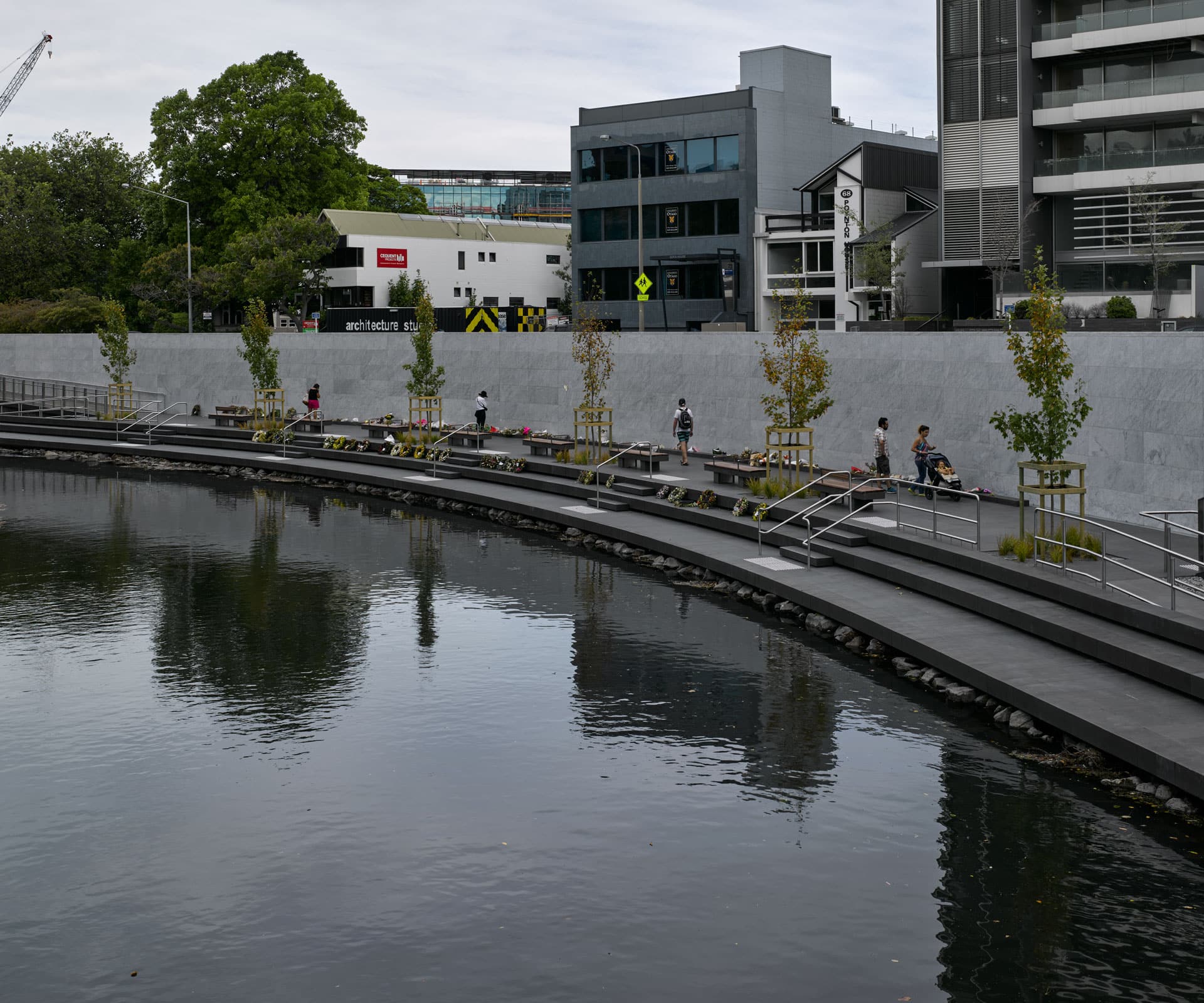Six years on from the earthquake that killed 185 people and following a global design search, a fitting memorial has opened on the banks of the Avon river

Behind the design of the Christchurch earthquake memorial
There’s a wall, a river and a park, and there are the names of the victims of the Christchurch earthquakes – and that is more than enough. “When I entered, I wasn’t thinking how far New Zealand is in geographic terms,” says Slovenian architect Grega Vezjak, who won a global design competition in 2015 to design Oi Manawa, the Canterbury Earthquake National Memorial. “I was trying to share and feel the emotion and understand the location. Architecture is not limited by borders or language. It can be understood by all cultures.”
Was it difficult to be this restrained?
This was a challenge. At first you only have a raw, basic idea. You have to develop it in more detail and be careful not to add too much. In the last stage, you need to sharpen it – only what is really needed remains. It’s not finished as long you can add or take something away.
How did you unite the two sides of the memorial?
One side is a beautiful, open park and the other is a boundary. One looks onto the other. They are united by the river – the heart of the memorial – and its curve, which repeats as waves on the stone terraces on both sides of the river.

There’s a lot of emotion tied up with such a project: how does the design respond to this?
I didn’t want to impose specific emotions on others, but create an elegant, respectful and peaceful space that can be experienced in different ways, by different people and in different times. On the other hand, its size, form and materials also acknowledge the significance of the tragedy.
Local iwi contributed significantly. Tell us about that.
Their feedback was to improve the design and we’ve had a really good connection. Special significance is the pounamu that was placed by the entrance of the memorial.
Oi Manawa Canterbury Earthquake National Memorial
canterburyearthquakememorial.co.nz
Photography by: Tim J. Veling
[related_articles post1=”68379″ post2=”3842″]




